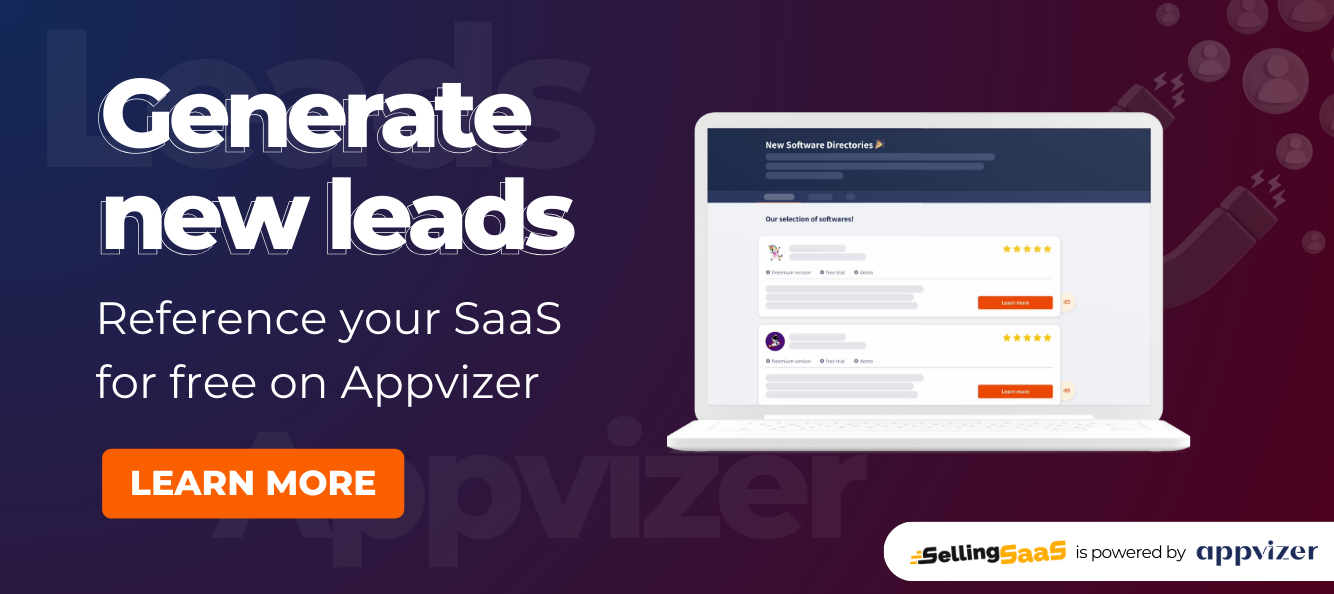While the essence of concentration risk remains constant – the potential for value loss due to lack of diversification – its application in the SaaS industry holds unique significance. In this in-depth exploration, we will delve into the intricacies of concentration risk within SaaS, unraveling its implications, sources, and the strategic imperative of diversification.
Understanding Concentration Risk in SaaS
Concentration risk in the context of SaaS can be understood as the level of risk associated with over-dependence on a single element within the business ecosystem, be it a customer, a product offering, a geographic region, or any other critical factor. In simpler terms, it’s the vulnerability that arises when a substantial portion of a SaaS company’s success is tied to one or a few key elements.
Sources of Concentration Risk in SaaS
- Customer Dependency: One of the most prevalent sources of concentration risk in SaaS is customer dependency. If a significant portion of a SaaS company’s revenue is derived from a single customer or a handful of major clients, it can be vulnerable to severe financial repercussions if any of these customers decide to discontinue their services or switch to a competitor.
- Product Over-Reliance: Over-dependence on a single product or service offering can also pose concentration risk. If a SaaS company relies heavily on one flagship product and it encounters issues, market changes, or competition, the entire business could be in jeopardy.
- Geographic or Market Concentration: SaaS companies that operate predominantly within a specific geographic region or niche market can face concentration risk. Economic downturns, regulatory changes, or shifts in market demand within that region can impact the company’s stability.
Strategic Implications for Mitigating Concentration Risk in SaaS
Mitigating concentration risk is essential for ensuring the long-term sustainability and resilience of a SaaS business. Here are key strategic imperatives:
- Diversification: Diversification is the cornerstone of concentration risk mitigation. SaaS companies can diversify their customer base by targeting various industries, geographic regions, or market segments. This reduces the reliance on a single customer or market.
- Product Portfolio Expansion: Expanding the product or service portfolio can spread risk. SaaS companies can develop complementary offerings or invest in emerging technologies to reduce dependence on a single product.
- Global Expansion: Scaling operations beyond a single geographic region can mitigate regional concentration risk. Operating in multiple markets diversifies the revenue streams and hedges against economic downturns in a specific area.
- Customer Retention and Relationships: Ensuring exceptional customer service and building strong, long-lasting relationships can reduce customer churn and the risk of losing major clients.
- Risk Assessment and Scenario Planning: Regular risk assessments and scenario planning help SaaS companies identify potential concentration risks and devise strategies to mitigate them proactively.
The SaaS Paradox: Innovation and Risk Mitigation
In the SaaS industry, where innovation thrives and disruption is the norm, concentration risk presents a paradox. While focusing on innovation is vital, businesses must also strike a balance by actively managing and mitigating concentration risk. Diversification, whether in terms of customers, products, or markets, is the compass that navigates SaaS companies through the dynamic landscape, ensuring their ability to weather storms and continue their journey of growth and success.
In conclusion, concentration risk in SaaS is a nuanced concept that underscores the importance of diversification and risk management in a constantly evolving industry. Recognizing and addressing concentration risk is not only a prudent business practice but also a strategic imperative for SaaS companies seeking enduring stability and success in an ever-changing marketplace.


